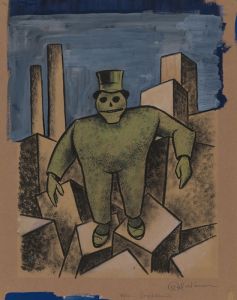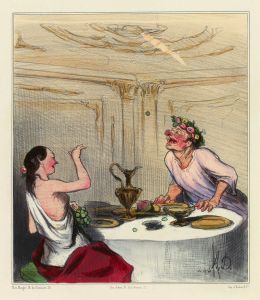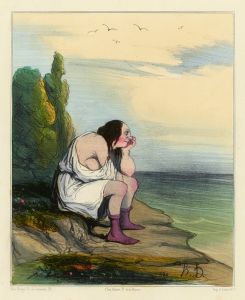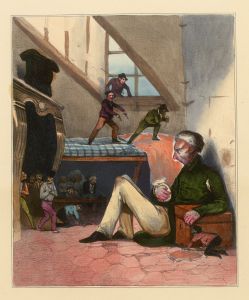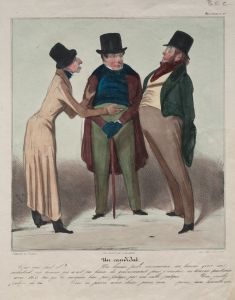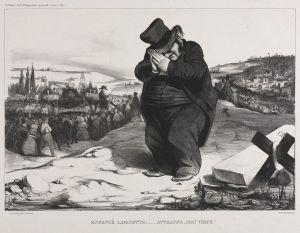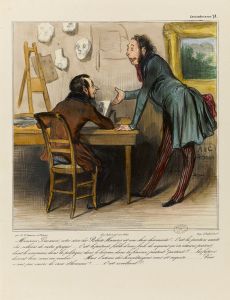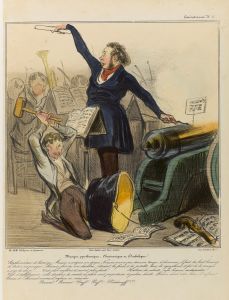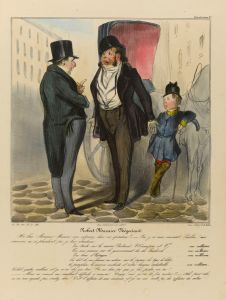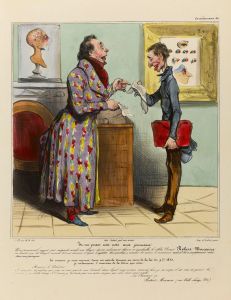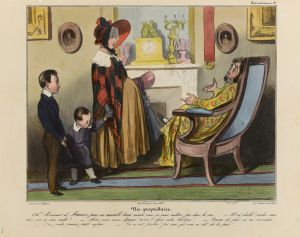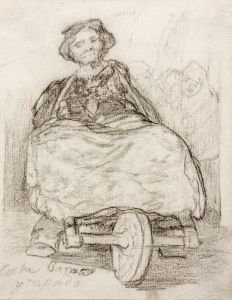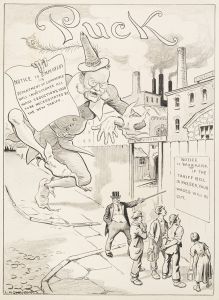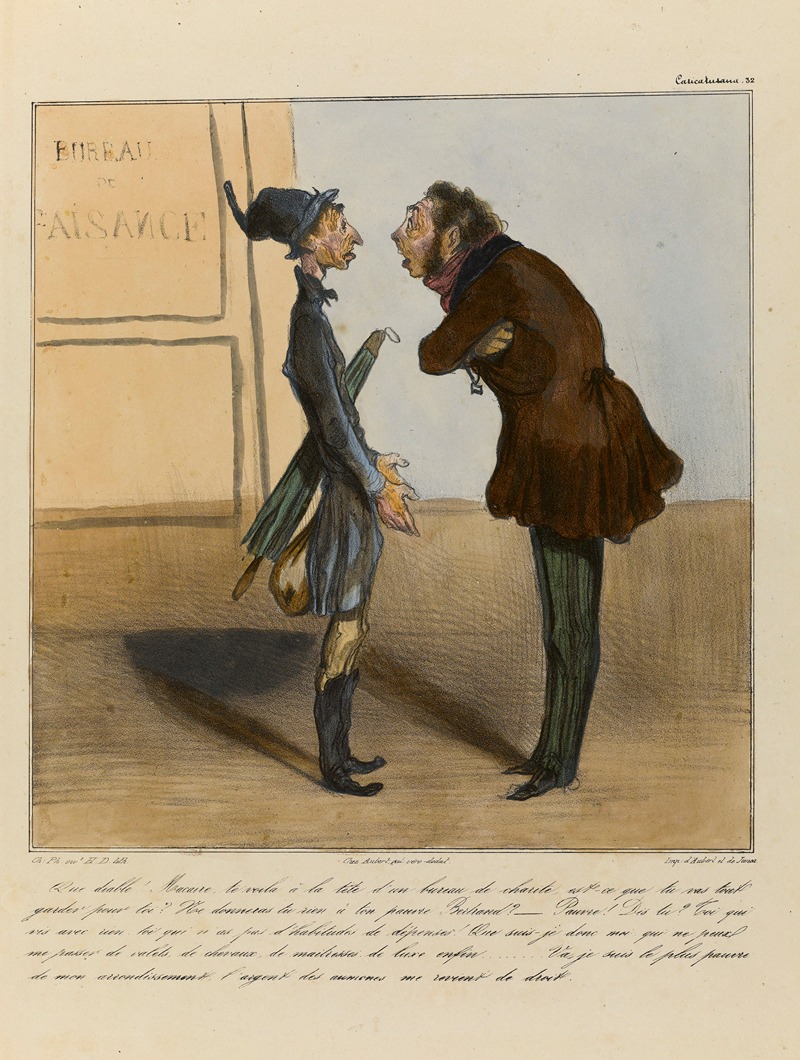
Que diable Macaire, te voilà à la tête d’un bureau de charité
A hand-painted replica of Honoré Daumier’s masterpiece Que diable Macaire, te voilà à la tête d’un bureau de charité, meticulously crafted by professional artists to capture the true essence of the original. Each piece is created with museum-quality canvas and rare mineral pigments, carefully painted by experienced artists with delicate brushstrokes and rich, layered colors to perfectly recreate the texture of the original artwork. Unlike machine-printed reproductions, this hand-painted version brings the painting to life, infused with the artist’s emotions and skill in every stroke. Whether for personal collection or home decoration, it instantly elevates the artistic atmosphere of any space.
Honoré Daumier's artwork Que diable Macaire, te voilà à la tête d’un bureau de charité is a lithograph created in 1839. Daumier, a French artist, caricaturist, and satirist, is renowned for his sharp social and political commentary, often expressed through his works in the medium of lithography. This particular piece was published in the satirical newspaper La Caricature, a platform that frequently featured Daumier's works and was known for its critical stance on the political and social issues of the time.
The title of the lithograph translates to "What the devil, Macaire, now you're in charge of a charity office!" It references Robert Macaire, a recurring character in Daumier's oeuvre. Macaire, originally a figure from French theater, became a symbol of greed, hypocrisy, and corruption in Daumier's satirical works. Through this character, Daumier critiqued the moral and ethical failings of the bourgeoisie and other figures of authority in 19th-century France.
In this lithograph, Daumier uses Macaire to highlight the irony and absurdity of placing a morally dubious individual in charge of a charitable institution. The work reflects Daumier's broader critique of societal hypocrisy, particularly in the context of the July Monarchy (1830–1848), a period marked by significant social and political unrest in France. His works often targeted the corruption and self-interest of those in power, as well as the exploitation of the working class.
Daumier's mastery of lithography is evident in this piece, with its dynamic composition and expressive characters. His ability to convey complex social commentary through humor and exaggeration made his works highly impactful and widely recognized during his time. The lithograph is part of a larger series featuring Robert Macaire, which collectively serves as a biting satire of French society in the 19th century.
Today, Daumier's works, including Que diable Macaire, te voilà à la tête d’un bureau de charité, are celebrated for their artistic merit and historical significance. They provide valuable insights into the social and political climate of 19th-century France and continue to be studied and appreciated for their wit, technical skill, and enduring relevance.





